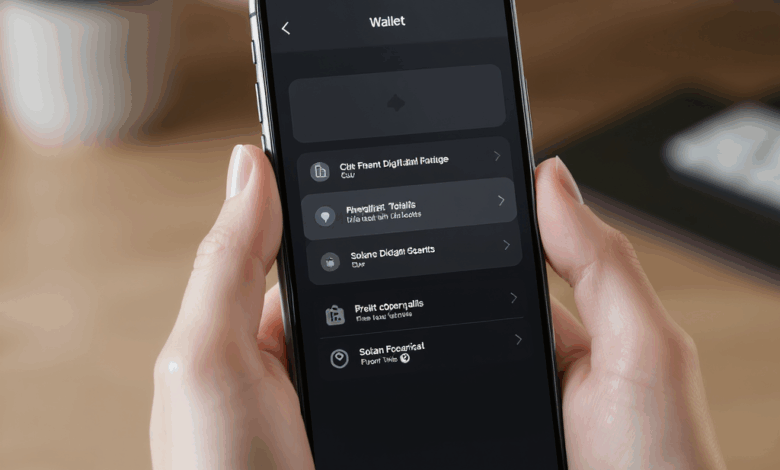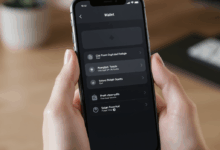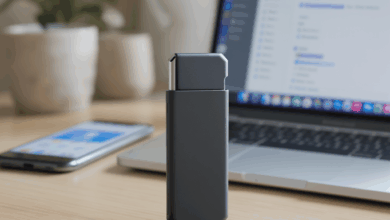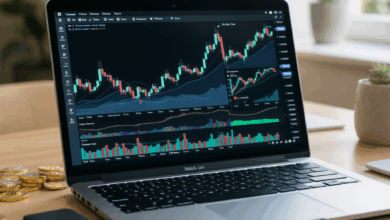Master Securing Your Solana Wallet in 5 Practical Steps

Have you ever felt a knot in your stomach after hearing about someone losing their crypto wallet to hackers? I remember scrolling through forums late one night, reading about stolen Solana wallets and thinking, “Could this happen to me?” The digital world promises freedom and opportunity, but it also carries risks that feel both invisible and immediate.
Securing your Solana wallet isn’t just a technical chore—it’s about protecting something deeply valuable in a new kind of space that feels both limitless and fragile. Many enthusiasts dive into crypto with excitement but soon face anxiety over safeguarding their digital assets. How do you truly shield yourself from sophisticated scams, phishing attacks, or the simple human errors that can lead to loss?
In this guide, we’ll explore practical, accessible steps to fortify your Solana wallet security. Far from overwhelming jargon or impossible tasks, these strategies have helped many users—from beginners to seasoned pros—feel more in control of their crypto journey. We’ll look at how recent innovations, like hardware wallets and permission managers, fit into everyday habits that anyone can adopt.
If you’ve ever hesitated because securing your wallet seemed too complex or risky, this article offers a clear path forward. Together, we’ll unpack the essentials that make a real difference and empower you to navigate the Solana ecosystem with confidence. Ready to start turning your worries into actionable steps? Let’s dive in.
When You Realize Securing Your Solana Wallet Is More Than Just a Checkbox
I still recall the unease that settled in after hearing about a friend’s Solana wallet being compromised—not through a direct hack on the blockchain, but because of a simple phishing link. It made me wonder: in a space that promises decentralization and security, how vulnerable are we really? This question nudged me to peel back the layers of wallet security, not just as a technicality but as a vital practice that feels surprisingly personal.
Why Does Wallet Security Matter So Much?
The blockchain might be immutable, but your access to it isn’t. Your Solana wallet is the gatekeeper to your digital treasures. Lose that key, or have it stolen, and your assets can vanish in moments—often without recourse. Recent trends highlight this vulnerability, showing how bad actors prey on the smallest mistakes or oversights. What struck me was how security isn’t static; it evolves with new tools, threats, and user habits.
The Backbone of Security Seed Phrases and Hardware Wallets
I’ve learned that the seed phrase is no mere backup—it’s the master key. Keeping it offline, away from digital storage or screenshots, is crucial. This isn’t just paranoia; it’s practical wisdom echoed by experts and recent security advisories on solana.com. But what if you want to take it a step further? Hardware wallets—like the Ledger Nano X or Trezor Model T—have grown in popularity exactly because they store your keys offline, out of reach from online vulnerabilities.
Using a hardware wallet felt intimidating at first. I kept asking myself: is it worth the extra setup? But hearing from others who had their assets safeguarded during phishing attempts convinced me. These devices act as a cold fortress for your keys, a concept that’s gradually becoming the norm among serious Solana users.
Multi-Wallet Strategies: Dividing to Defend
Another layer I hadn’t considered deeply was the use of multiple wallets. Instead of keeping all assets under one roof, splitting them according to purpose—staking, trading, long-term holding—can limit exposure. It’s like not putting all your eggs in one basket. This strategy, highlighted in a blog from mevx.io, made me rethink how I manage risk. Does segregating assets complicate things? Slightly, yes, but the trade-off is peace of mind.
Practical Steps to Fortify Your Wallet Today
So, how do you start? Here’s what I found to be practical and effective:
-
Backup, Backup, Backup: Secure your seed phrase physically—write it down on paper or use metal backup tools designed for crypto. Store these in multiple safe locations. Avoid digital copies.
-
Enable Two-Factor Authentication (2FA): Wherever possible, add that extra layer. It might seem trivial, but 2FA can stop unauthorized access cold.
-
Stay Updated: Wallet software and device firmware updates patch vulnerabilities. Ignoring them is like leaving your front door unlocked.
-
Use Dedicated Devices: I discovered that using a separate device just for crypto transactions reduces malware risks significantly. It’s a small inconvenience for a big security boost.
-
Monitor and Manage Permissions: Tools like Phantom Wallet Permission Manager let you review which decentralized apps have access to your wallet and revoke unnecessary permissions. This hands-on approach helps prevent unseen exploits.
-
Be Skeptical of Links and Messages: Phishing remains a top threat. Before clicking, ask yourself: “Is this link trustworthy?” This simple mental check has saved many from costly mistakes.
What Could Go Wrong? And How to Handle It
Even with precautions, errors happen. Maybe you lost a seed phrase or clicked a suspicious link. What then? The crypto world is unforgiving, but communities and support channels often provide guidance. Learning from others’ mishaps shared on forums can prepare you for unexpected scenarios.
Where Do We Go From Here?
Securing a Solana wallet isn’t a one-time task; it’s an ongoing practice that adapts as threats evolve. As new tools emerge—like multi-signature wallets or biometric authentication—the landscape shifts. But fundamentally, it’s about cultivating habits, awareness, and a mindset that values security as much as innovation.
What do you think—are these efforts a necessary safeguard or an overwhelming barrier? Could we ever imagine a future where wallet security is seamless, or will it always demand this delicate balance between freedom and caution? Perhaps this is just the beginning of how we rethink ownership in the digital age.

Looking back at our exploration of securing your Solana wallet, it’s clear this journey is more than just ticking off technical steps—it’s about embracing a mindset that values vigilance, adaptability, and personal responsibility in a digital frontier. We unpacked how safeguarding your seed phrase, employing hardware wallets, managing permissions, and using multiple wallets are not isolated tactics but interconnected layers of defense that together create resilience against evolving threats. From a broader perspective, these practices reflect a shift in how we conceive ownership and trust in an increasingly decentralized world.
What this means for you is an invitation to take concrete, manageable steps today—whether it’s writing down your seed phrase in a secure place, enabling two-factor authentication, or simply pausing before clicking that suspicious link. These small actions accumulate into a fortress of security that doesn’t just protect assets but empowers confidence in engaging with the Solana ecosystem.
Looking ahead, as innovations like biometric authentication and multi-signature wallets gain traction, the landscape of wallet security will continue to evolve—hopefully making protection more intuitive without sacrificing freedom. But until then, cultivating awareness and proactive habits remains our best shield.
So, here’s a thought to leave with you: In a world where digital ownership intertwines with identity, how might our relationship with security redefine what it means to truly possess something? If this reflection resonates, why not start by applying one small security habit from this guide right now? After all, securing your Solana wallet today is not just prevention—it’s a statement of stewardship over your digital future.
What are your thoughts on balancing freedom and caution in crypto security? I’m curious to hear how you navigate this delicate dance.




